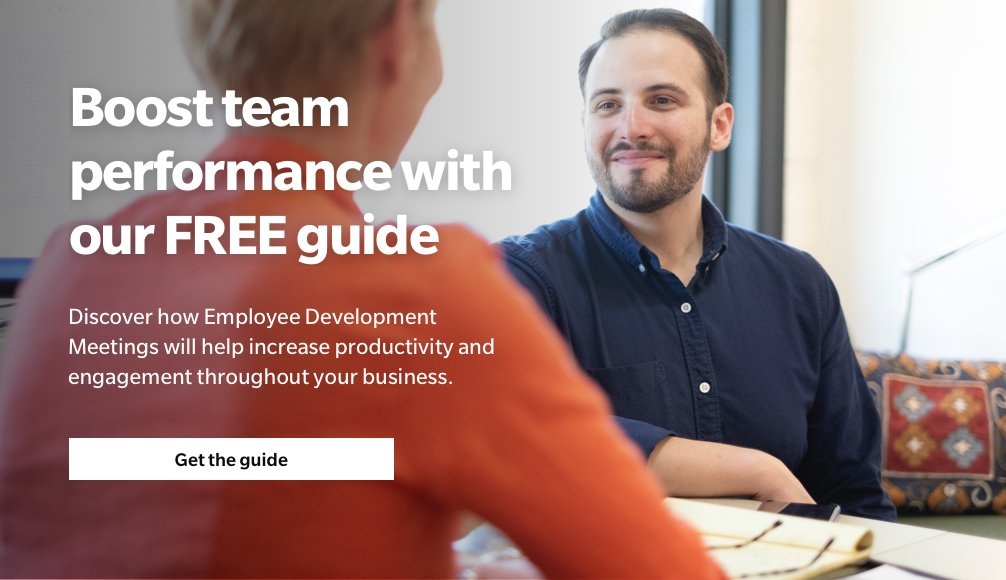As we enter the last quarter of the year, many businesses are in their sixth month of working from home, and many business owners are still struggling with the remoteness of their employees. Every day, they’re asking themselves, “What are they actually doing from home?” and strategizing ways to encourage engagement and productivity. The truth is, much of this worry isn’t about their employees at all—it’s about their own need to see people actually working to believe it.
And this isn't a sustainable way to lead. After all, if you ever want to truly step away from the day to day of your business operations, you need to give your employees the tools to perform without you being there and trust them to do it. Now is as good a time as any to start considering a new approach to leadership—an approach dictated by systems and results instead of time-logging and micromanaging. Here are four results-based approaches to managing a remote team that may change the way you do business forever.
Clearly define the work to be done
If you want to be sure that work standards are being met, you need to first set those standards. Without a view into the exact work, results and actions you expect from your employees, they’ll never be able to hit the mark. One tool that helps you and your team establish clearly defined and agreed-upon results is the Position Agreement, a written document that outlines the specific work they agree to do as part of their job, and the performance benchmarks they’re expected to achieve. A Position Agreement gives every member of your team the clarity they need to do their jobs independently so that they can achieve results together, no matter what’s happening in your business. It gives you the assurance that all the areas of the business are being covered.
Choose a performance reporting tool and meet often
Particularly when working remotely, setting results-based goals and having routine check ins (even five-minute stand-ups at the start of the day) will help center your team.
EMyth Client Harry Simonis, owner of Tailored Athlete, implemented quarterly Objectives and Key Results (OKRs) for each employee as a tool for performance management. “We review and discuss OKRs weekly," he says. "This has really provided the team with a sense of direction and aligned us all whilst working remotely. The OKRs also dictate our Weekly Big Three meeting ... [In] our morning daily huddle we share our Daily Big Three [goals] which are dictated by our Weekly Big Three. So, everything filters down from the OKRs.”
Create the systems you need to promote trust
In this remote environment, it’s super easy to be focused on people and events outside ourselves, to shame and blame. But being outer-directed and saying, “This person,” or “This condition outside of myself is the source of my frustration,” is harmful to your business at the best of times. The disconnect of the remote workspace creates even more opportunities for blame—accusations like, “Jack is always multitasking during our virtual meetings,” or, “Most of my employees are secretly only working half of the time.”
A true entrepreneur knows how to step back and look at these frustrations as opportunities for systemization. Outer-directed frustrations often suggest a need to change something you can’t control. And in this case, you can’t control the environment in which your team is working—so you need to develop the systems that will help build a level of mutual trust between you and your employees in this unconventional setting.
For example, if you’re worried that your team isn’t engaged in meetings, try talking to your employees to find out the reason why. Maybe you’ll discover that they’re overbooked with meetings and are feeling pressure to multitask while on Zoom in order to get their work done. Or maybe they feel they aren’t necessary participants in certain meetings, so they struggle to engage. Once you understand the reason, then you can create the systems that will support your desired outcomes. Consider this: Maybe make one day a week a company-wide “meeting free” day or commit to having more streamlined 30-minute meetings where possible.
Get creative with how you measure productivity
Not all markers for productivity are clearly defined. Think about the last time your team was all onsite together. How did you know that everyone was being productive? From the metrics they were hitting, work they were completing, sales they were making? But what about your employees without such tangible goals?
“Some positions aren’t measured by quantifiable metrics such as sales numbers and web conversions,” says EMyth Coach Terry Sullivan. “In those cases, it’s imperative to find an alternative method for truly measuring productivity and efficiency.” In the absence of concrete metrics, try creating some intangible indicators that your employees are performing their roles, such as:
- Delivering on strategic and tactical results
- Helping to systematize your business
- Promoting customer satisfaction
- Innovating
- Inspiring others to stay engaged
- Being a champion of your company’s core values
Owning a business means always being prepared for unexpected changes, for better or worse: New opportunities pop up, employees leave or are promoted, or a new structure forces your team to completely change their way of working. To make sure your business can sustain these inevitable ups and downs, you need standards to handle them so that you can both meet the moment and support your team.
How have you adjusted to this new environment? Share in the comments below.




Comments